What is the best way to install rigid foam on interior basement walls?
- Save
- Like
- Comment(8)
- Share
S
What is the best way to install 5" of XPS rigid foam on interior basement walls?
Sean MacDonald
June 14, 2021Last updated: June 16, 2021
我已经发现了很多使用过的屋顶mate XPS绝缘材料,我想用它来隔离我的地下室。我想达到R25,所以我将使用4“厚的R-20与第二层1“R5交错。我对这个挂到墙上的位置有些疑问。一些建议是将XPS直接放置在混凝土上,使用粘合剂/毛条进行干墙连接。我一直无法找到任何一种紧固件,将是7"长通过带子和5"泡沫到混凝土墙。
Another concern that I have is allowing for the assembly to dry to the interior. If I used thick XPS directly against the concrete, this would prevent any drying to the interior - would I have moisture buildup against the concrete, but is this not a problem since the concrete is porous and may be damp regardless?
一个似乎是一个好主意的选择是安装1“带子直接到混凝土首先,作为一个钉表面,以固定5“泡沫与长钉子/螺钉。这也将为空气流动提供一个通道,防止水分积聚——然后水分就会从多孔混凝土中渗透回来。
The basement does not have any serious water problems but there are a few cracks that I will first fill with hydraulic cement as a precaution.
Look forward to hearing some thoughts!
















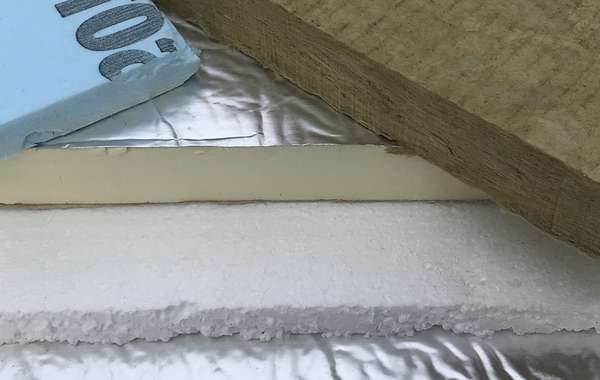
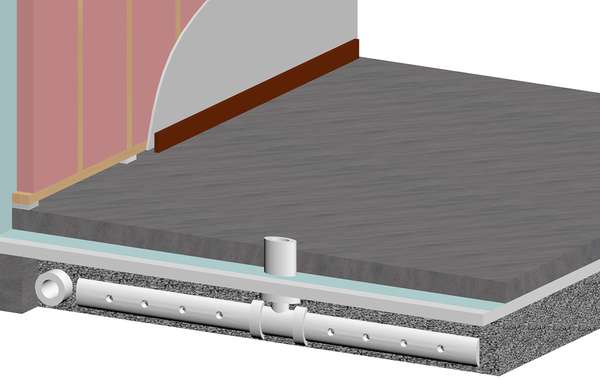
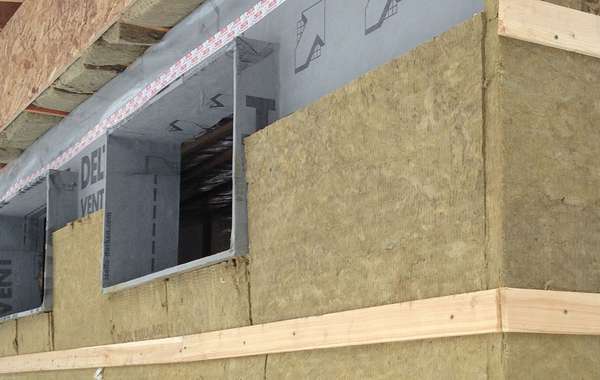
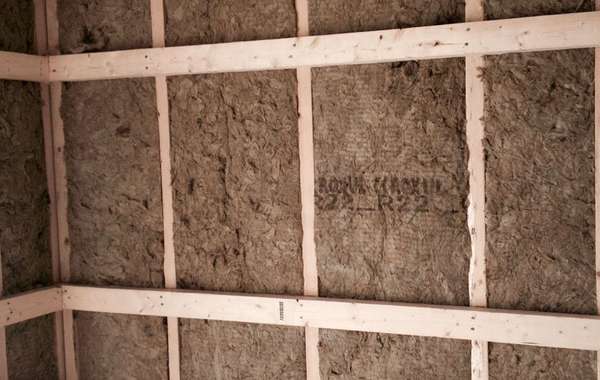
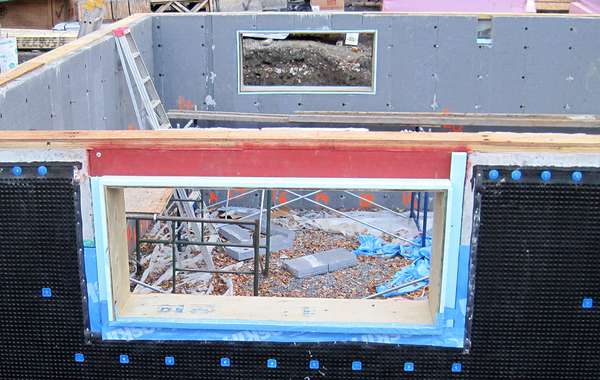
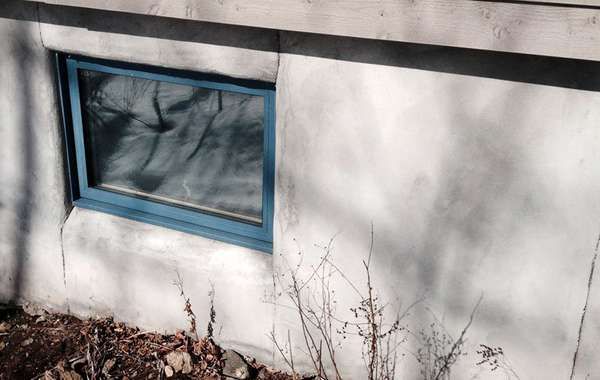
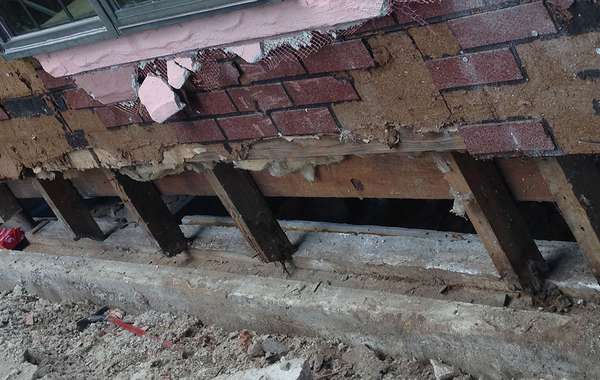
你买到了一些用过的XPS硬质绝缘材料,真是不错。这是一款很棒的产品;we have reservations about theclimate impact as XPS foam has high green house gas emissions, but finding used stuff is great.你收到的关于直接安装到混凝土上的建议是正确的。XPS是一个蒸汽屏障,这是一件好事。是的,它会使混凝土保持湿润,但除非有一层外膜,否则你的混凝土将永远保持湿润,因为即使你让它干到内部,地面也是湿的。
关于这一点,如果你在我们的网站上读到干燥到内部,我要澄清一下——是的,你应该让墙壁干燥到内部,我们的意思是警告读者不要在内部安装聚蒸汽屏障,它会用螺栓锁住水分,导致墙壁腐烂。从一开始就防止水分从混凝土中流失是完美的。Read more here-
How to insulate basements properly so they won’t go moldy
当你购买和安装木钉时,它们几乎肯定是湿的,这是你需要允许干燥到内部,因为它们不能干燥到外部。Putting wood studs against a basement wall and then putting plastic over them is why almost all basements smell moldy.
As for the actual install, I would forget fasteners and just use an adhesive, read labels carefully to get the right kind. I assume you are framing and finishing a wall after? If so – there is no reason to worry about the insulation coming unadhered from the wall, as the stud wall will hold it in place all by itself anyway. Using long screws will just mean a thermal bridge and unneeded heat loss.
Also, screws over 6 inches start to get really expensive. I would fasten the stud wall to the floor joists above, and attach them to the floor with Tapcons (concrete screws). Be sure to tape any joints in the foam as well to prevent moisture infiltration.
Also notice on that page that we raise the bottom plates of the framed wall by placing it on small blocks of foam, that way if there is ever any minor flooding in the basement it keeps the wood from getting saturated.
谢谢你提供的信息,迈克!很高兴我找到了正确的方向。所以澄清一下——直接把泡沫粘在混凝土墙上是可以的,墙和泡沫之间不需要“呼吸空间”。我的计划实际上是放弃一个螺柱墙,直接把墙板固定在毛条上——有没有一种粘接剂,它的强度足以让毛条泡沫连接?某种PL产品可以消除对任何物理紧固件的需求?
Hey Sean, glad it helped! To be honest I'd be reticent to do it all with adhesives and no mechanical fasteners at all. It may hold, but frankly who knows how foam glued to concrete then wood glued to foam will last.
The stud wall can be screwed to the ceiling and the floor, which makes the foam adhesive obsolete once the studs are there. To forgo that you would probably be wise to put a few Tapcons through the strapping and into the wall behind. Otherwise, while it may all hold together it may also crack a lot more.
Is that strapping only idea born of wanting to save lumber or save room in the basement ? I would pitch you instead the idea of maybe using 2x3's and install them wide edge on the foam, that way you could still fasten them to the floor with Tapcons and to the floor joists above, and maybe at least 2 or 3 tapcons screwed through to the concrete would make it more solid. That way you only lose 1.5 inches of wall space if that was your concern, you also save a bit on lumber, and you could install them at 24 inch centers too. Just a thought, I'd hate to see the whole project go sideways because you were trying to save an inch or save a few bucks on lumber (yeah, more than a few lately, I know... :) )
And yes, install the rigid foam directly against the concrete, no air space. That will help keep the moisture in the concrete where it does no harm.
Thanks for the help Mike. You are correct I was just trying to save the expense of a stud wall since I dont need the extra insulation space. I love the idea of vertical 2x3s fastened to the joists and floor though I hadn't thought of that. Thanks again.
My pleasure Sean, I love it when a plan works out!
Extra tip - for wiring I'd probably pre-drill some holes sideways in the 2x3's, at 1.5 inches there's enough room for some low profile electrical boxes.
Hey Mike. So I have a change of plans with my basement insulation project. The XPS I had planned to purchase was sold on me so that may not be an option unless I come across some in the next few months. I did find some polyiso however it's 2" material. I have read concerns about moisture diffusion and loss of R value during the cold months with iso. Would it work in a basement situation where our typical winters are -20 to -25? I did see a discussion you commented on for a Vancouver environment.
My original plan was to install 1x strapping to concrete, followed by housewrap stapled to strapping then r14 rockwool batts first run horizontally between a stud wall then 2nd r14 layer in the stud wall finished with drywall. This may be the route I take if I don't come across a good deal again. Would love to hear your thoughts.
Hi Sean, it wouldn't be my first choice unless you came across a good load of used polyiso for cheap, in which case I probably would. It does fall off on performance the colder it gets, but that's not a catastrophic drop in R value, it's just worth considering when making your insulation choices. It's not the best at handling moisture either, so be sure to keep it dry, don't sit it on the concrete floor make sure its up a bit and be sure to keep humidity low down there. But, that's advice I'd give for any basement reno job.
关于你提到的那个装配,为什么不换一下顺序呢?我会把薄膜贴在混凝土上然后绑上带子这样带子就会保持干燥。而不是房屋包装,你可以节省一些面团和使用普通的6毫米聚蒸汽屏障对混凝土墙。房屋包裹更透湿(既不需要也不有利),也更昂贵。
谢谢你,迈克。它被使用了,这是一个很好的交易,所以我在考虑polyiso。至于混凝土上的捆扎,我认为房屋保鲜膜(我离开了“保持热量”的建议,使用房屋保鲜膜作为防潮层,但如果聚能做同样的工作,那就太棒了)可以更好地保持R14 Comfortbatt,它将“漂浮”在一堵墙和混凝土之间。
With using this polyiso, however, if I put it on the interior warm side of R14 Comfortbatt that would keep it away from moisture and likely improve the insulative value of it. Because those comfortbatt's aren't as rigid as something like Comfortboard would they stay in place if I just stacked batts hortizontally and braced with the polyiso? My thinking was to allow for a capillary break between the concrete and the comfortbatt? Or is the poly acting as enough of a moisture barrier that I could just glue the poly to the concrete, put down a thin rigid foam on the concrete floor to keep moisture off of everything, stack comfortbatt, shove polyiso against that and use vertical 2x3s as before to secure the whole assembly? Apologies if that's complicated to understand or if I'm totally in left field haha!